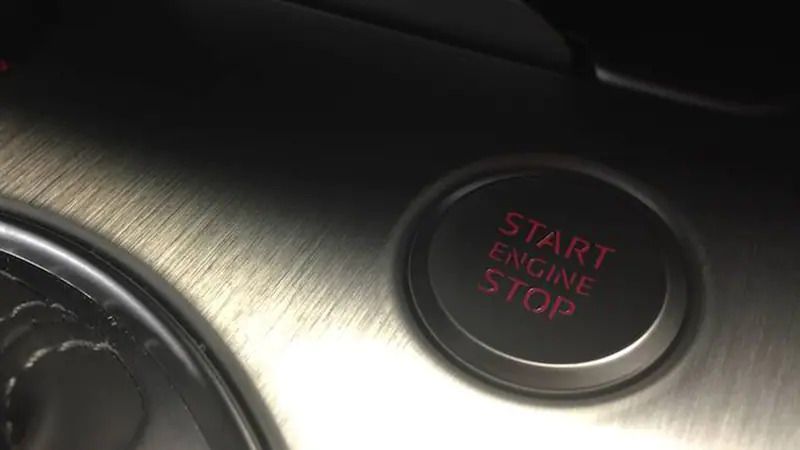The ignition system is your vehicle’s big bang system. It is where the electric spark is created that ignites the fuel-air mixture and literally gets your engine going and it does more than just respond to a key or button. The Holly Sniper ignition system, for instance, allows complete timing control adjustments, improving idle stability, throttle response and fuel economy. Most folks never really dwell on this dynamic facilitator until it is malfunctioning, at which point, your vehicle will ultimately fail to start. There are four common ignition systems employed in most cars and trucks.
1. Conventional Breaker-point Ignition
This conventional ignition system has been around since the early 1900s and consists of primary and secondary circuits. Each circuit has a different, complementary function. The primary circuit operates on a battery current, carrying low voltage. The secondary circuit works in tandem with the distributor, the spark plugs and the engine to create and harness the magnetic field, which creates a high-voltage response that leads to combustion.
Because this type of ignition system has been around for so long, it is relatively easy to diagnose and repair. However, because there are so many moving parts, there is a greater risk of malfunction and breakdowns. As these systems deteriorate, the maximum spark energy diminishes, which causes frequent misfires and poor emissions levels.
2. High Energy (Electronic) Ignition
This electronic ignition system is more advanced than the conventional system. Like electronic fuel injector kits, they add technology and power to the mix. The electronic ignition system employs a transistorized switch that triggers the ignition coil to generate a high-voltage current.
This ignition system has fewer moveable parts than the conventional system and is more advanced. They typically provide a high-voltage spark throughout the life of the engine. Here are five advantages to utilizing the electronic ignition:
- Less maintenance required
- Lower emissions generated
- Higher fuel efficiency rate
- Bigger fire produced by the spark plug
- Suitable for high RPM
3. Distributor-less (waste spark) Ignition
This ignition system eschews the distributor in favor of multiple ignition coils. An electronic control unit facilitates distribution of the electrical current to the spark plugs. In the waste spark system, the spark plugs fire in pairs, on both the compression stroke and the exhaust stroke. The spark that occurs on the exhaust stroke is not used, and so is ‘wasted’.
The waste spark system is lighter and more reliable than conventional distributor ignition systems. Because there is no distributor involved, there are no voltage drops, wear or mechanical parts.
4. Coil-on-plug Ignition
This system is the most modern and sophisticated. The engine control unit uses sensors to handle the ignition timing. In this system, there are no moveable parts and, thus, lower maintenance costs. This can make things more difficult to diagnose and repairs can be expensive. This system creates greater engine torque and produces lower emissions.
If you don’t have a sound ignition system in your vehicle, you risk stalling out and damaging your battery. With a new ignition system functioning at maximum capacity, however, you won’t have to worry about stalling out or not starting due to ignition issues. Visit an auto parts store online to learn more about ignition systems, SBC Holly Sniper heads or any parts or accessories that you think might benefit your vehicle.
